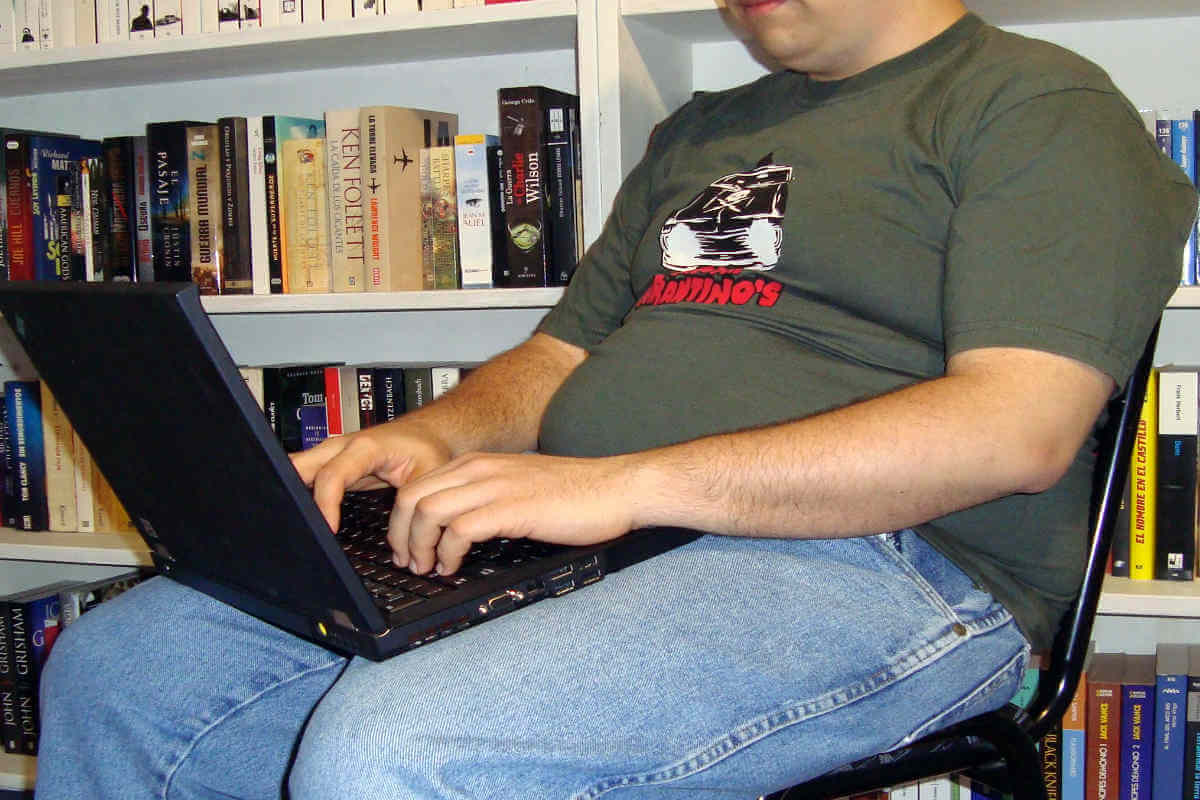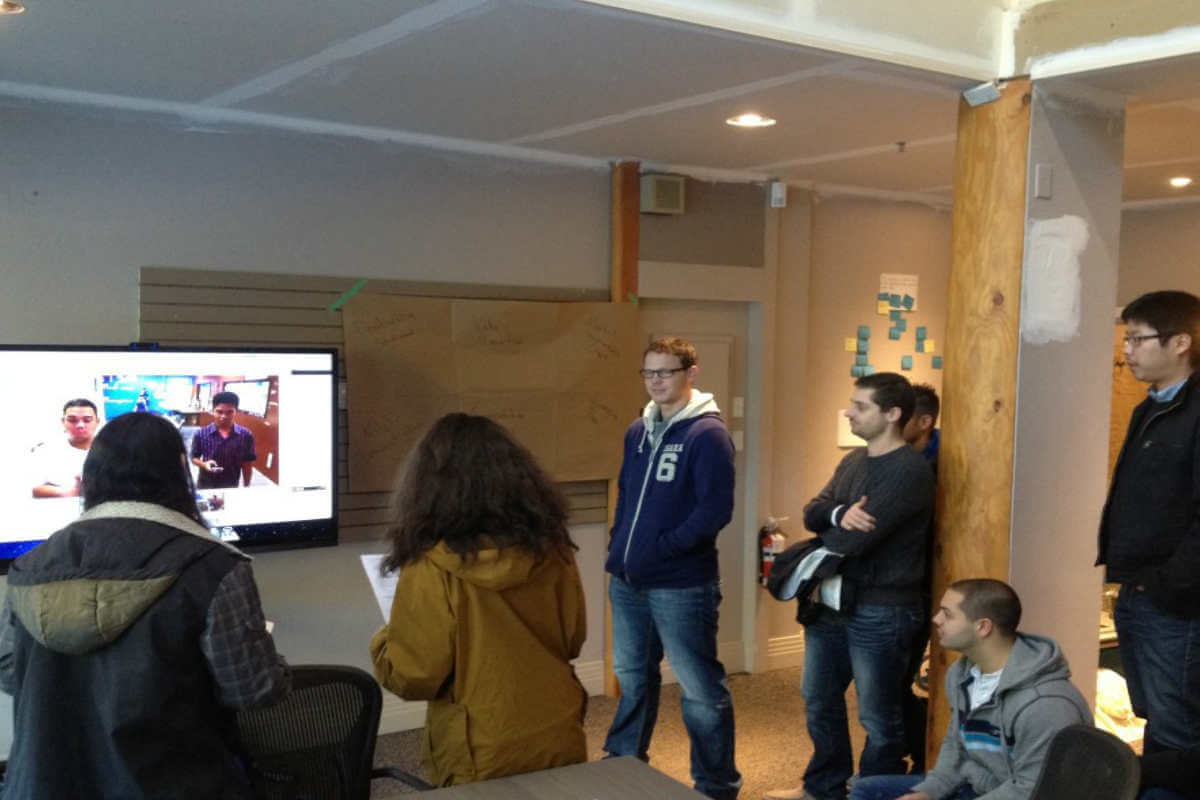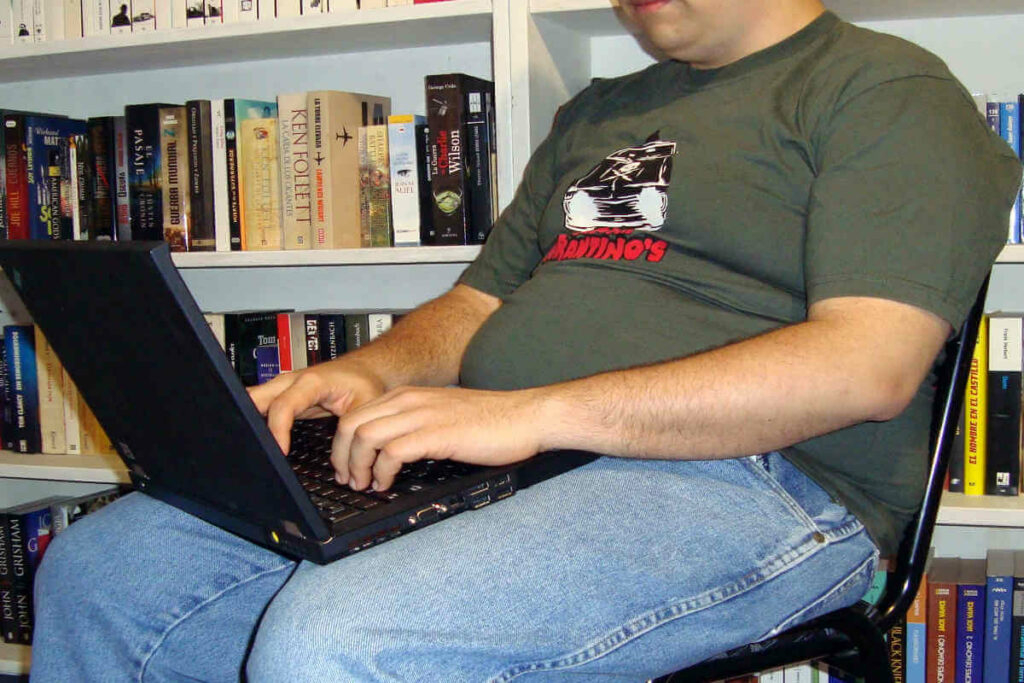Health
Sitting, a Roadblock to Weight Loss

Submitted By,
Suhasini Mudraganam
Chief Nutritionist, Possible
Suhasini Mudraganam is a leading food scientist who was instrumental in designing the Possible Food plan. She has done her MS in Nutrition from University of Missouri, USA and has over 14 years of global experience
Today’s electronic environment enable us to work, communicate and even shop at the click of a button.
We don’t have to move from our chairs. Even our commute involves more riding than walking.
Passive activities like watching TV or playing video games are our favourite pass times. These changes in our physical environment are making us sit for almost close to10-15 hours a day.

An enormous body of research data links prolonged sitting to a number of health conditions.
Sitting for long hours slows down the body’s energy expenditure as the major muscle groups stop their activity. Sitting as little as 30 minutes can also change the metabolism negatively.
Just as a computer machine gets into power-conservation mode if left idle for few minutes, our body also gets into a calorie-conservation mode when we are inactive.
As a consequence, we spend less energy and our no-exercise activity thermogenesis, or NEAT comes down drastically.
Health risks of sitting for extended hours

Sitting is not just linked to weight gain but is associated with 24 health conditions such as heart diseases, metabolic syndromes, joint, sleep, and psychological disorders.
A Dallas study published in March 2015 proved that every hour of sitting increases the risk of coronary artery calcification (a step leading to heart disease) by 14 percent.
In the study, the calories consumed by obese and thin individuals had a narrow difference but, there was a greater difference in their activity levels.
Sitting for extended hours cramps the abdominal muscles making them lose their tone.
Sitting also makes breathing and digestion difficult. Dr. Levine from Mayo Clinic adds that a better NEAT activity could improve blood flow and the amount of serotonin available to the brain so that you are more relaxed and less stressed.
What happens during periods of prolonged sitting
- Research has shown that after 30 minutes of sitting, metabolism slows down by a whopping 90%.
- The enzymes that mobilize the bad fat from your arteries to your muscles for energy also slows down drastically.
- The muscles in your lower body are turned off.
- After two hours of prolonged sitting, good cholesterol drops by 20%
Did you know, just getting up for five minutes is going to get things going again.
Daily Exercise cannot counter prolonged sitting
A 30 minute exercise may not counter the ill effects of all the hours we sit during the day.
A team of researchers in their recent study found that participants those who took more breaks from sitting throughout the day regardless of their exercise weighed less, and had lower lipid and sugar levels.
Another study found that 2 minute activity break after every 20 minutes helped lower glucose levels irrespective of the activity intensity.
Persistent sitting seems to be more dangerous than not exercising. A study found that thin people who do not hit the gym spend two hours on their feet more than obese people.
As exercise cannot out-do a bad diet, extended sitting cannot be out-exercised. This is the reason many women cannot lose weight despite of exercising consistently.
Strategies to break prolonged inactivity

- Keep an alarm on your mobile to get up from your chair every half hour.
- Dr.Vernikos, NASA scientist suggests standing once every 20-30 minutes of sitting. With any movement, you accelerate the force of gravity on your body while sitting leads to anti-gravity environment.
- Get a fitness tracker to record your steps. Most of us need 10,000 steps per day. There are apps on mobile which can be downloaded to record your steps.
- Stand or walk while speaking on the phone.
- Eat your lunch away from your desk.
- Drink more water, go to the cooler.
- Use stairs instead of the lift.
- Cut back on TV or video timing at home.
- Engage in some activity while watching TV.
- Have a standing meeting.
Lack of activity for long hours makes our valuable machine (body) to rust. With a little planning and mindfulness, we can take breaks intermittently to incorporate small activities in our daily routine.
